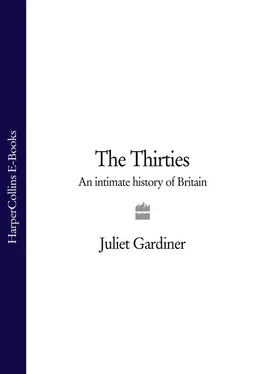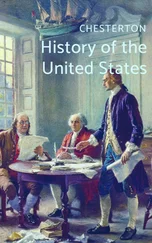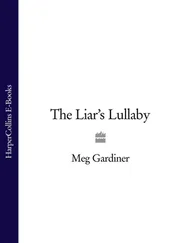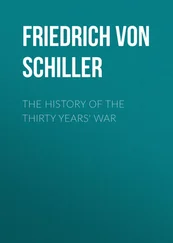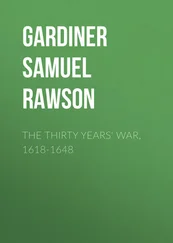It is said that these men are not representative of the whole body of the unemployed. Perhaps not, but there is no one else to represent them; there is no other organisation that speaks urgently in their name.
That ‘bitter cry’ was heard again in January 1935, when the 1934 Unemployment Act was implemented, and under what the National Government referred to as a ‘Great Social Reform’, responsibility for administering Means-Tested relief for those who had exhausted their unemployment insurance entitlement, and the able-bodied uninsured unemployed, were transferred from the 183 local PACs to a new national Unemployment Assistance Board (UAB). A national sliding scale of relief was to replace the various local scales of the PACs, some of which in depressed areas had been lenient in their interpretation of the test. Indeed, as late as 1935 a number of councillors in South Wales boasted that the Means Test had never operated in their area.
When the new rates were announced they turned out to be lower than those previously allowed, and large-scale agitations broke out in South Wales (including the storming of Merthyr Tydfil UAB office, where 90 per cent of claimants had been receiving full rates of benefit), spreading to the North-East (where 10,000 marched on Sheffield Town Hall to demand the repeal of the Act and the immediate restoration of old allowances) and Scotland, with the unemployed besieging local authority offices and PACs with complaints about reduced benefits. Forty-eight per cent of all those in receipt of benefit across the country had seen them cut, while only 34 per cent had seen an increase. An emergency two-day debate in Parliament revealed the divide in the country, as MPs representing seats in the Midlands and the South of England ‘listened in often puzzled silence’ to the ‘virulent attacks’ from their colleagues of all parties from the depressed areas. The Chancellor of the Exchequer, Neville Chamberlain, admitted that ‘It had been realised for the first time that very large numbers of working men in Great Britain, and particularly in Scotland, were paying rents much lower than had been thought [which meant that their benefit had been cut, since the sliding scale reckoned that rent equalled around a quarter of living costs], and were living under very bad conditions.’ A Standstill Act was introduced for two years which allowed the unemployed to choose whichever rate was the higher, that of the UAB or their local PAC.
These protests had been essentially local and spontaneous (though with some NUWM support), and it was not until two years after the previous one that another NUWM-organised march set off. But that 1936 Hunger March was eclipsed, both then and down the years to come, by a much smaller march of only two hundred men, organised with Labour Party and TUC support and led by a Labour MP, Ellen Wilkinson, to protest at the singular situation of one devastated town, Jarrow.
If Jarrow has come to epitomise the ‘Hungry Thirties’, what, if anything, was the importance of those other seven Hunger Marches from all over Britain? Their success can’t be judged in terms of concessions wrung from the government, but though the numbers involved were relatively small, the name — the indictment — ‘Hunger March’ stuck, giving the decade its epithet. Winston Churchill called them ‘Anger Marches’, and they were that too. Most of those who took part were realistic about what they achieved. The hated Means Test was still in force when war broke out in 1939, though the government did raise benefit payments after the 1934 march. Rather, marchers spoke in terms of ‘showin the authorities that ye are nae prepared to take things lyin’ down’: ‘I felt we had the guts but we had nae policy. I never knew anyone on the March that got a job through it … [but] the March meant that you were trying to tae do somethin’ about it. They wernae just accepting it’; ‘I don’t think we achieved any success. We had this approach by Government: you were down and they were trying to keep you down … But the Hunger Marches kept alive the spirit to keep fighting’; ‘It highlighted the situation that people were in … it brought to the notice o’ the general public the conditions o’ the unemployed at that time’; ‘I don’t think we achieved that much out o’ it. But we let the people in the whole o’ the country know the conditions that were going on as far as we were concerned in Scotland, or South Wales, or the North East’; ‘Being a Marxist you know you’re no’ gaun tae get any immediate results. It’s a process of development and it takes the form of struggles and the class struggle in a’ its aspects. I didn’t expect any dramatic victory.’
There was no dramatic victory, but the Hunger Marchers helped to rewrite the concept of ‘welfare’, reclaiming it as part of the commons, as a social right rather than something given selectively as a matter of discretion to mendicants. This reading would underpin the Beveridge Report of 1942, and subsequent social welfare legislation after the Second Word War.
If the marches achieved few concrete results, did they politicise the unemployed? Did the unemployed come to see themselves as a dispossessed class in revolt against capitalism? Many — politicians of all parties and most of the press — portrayed the unemployed as vulnerable to exploitation by the Communist Party for its own nefarious ends. Some charged that the NUWM was controlled by the Communist Party, others saw it as a recruiting ground providing footsoldiers for the Party. The third World Congress in 1921 had directed all Communist Parties to ‘participate directly in the struggle of the working masses, establish Communist leadership of the struggle, and, in the course of the struggle create large, mass Communist Parties’.
The CPGB would certainly have liked to gain control of the unemployed movement, build it up as a mass political organisation and direct its activities towards the overthrow of capitalism, but most marchers insist that the overlap of the NUWM and the CPGB was small among the ordinary members, indeed that most members had no particular political affiliation. Very few of the tens of thousands drawn into the agitation went on to join the CPGB — and in fact few actually joined the NUWM. ‘The people’s flag is deepest pink/It’s not as red as people think/And ere their limbs grow stiff and cold/The Dundee workers will be sold’- sang one sceptical marcher. The total number who paid tuppence for an NUWM membership card and a penny a week for a stamp was probably around 15,000 by the end of 1931. When there was government action that was regarded as hostile to the interests of the unemployed, membership would surge: 2,000 a week were recruited in response to the cuts in benefit and the introduction of the Means Test in 1931. Numbers rose throughout 1933 when the NUWM was engaged in active protests and was meeting harsh opposition, but fell again until early 1935, when the announcement of another round of benefit cuts for the unemployed gave a further impetus, and membership rose to above 20,000. But by the time of the final Hunger March in 1936 it had declined to nearer 14,000, and it only rose slightly in late 1938, coinciding with a campaign for winter relief. Some of the unemployed joined in support of a particular campaign, and then left, most let their membership lapse if they found a job, while a few found even the required penny a week subscription unaffordable. This was not the behaviour of ‘a militant army committed to revolutionary change’, and throughout the 1930s those who went on hunger marches remained a minority among the unemployed, the unemployed remained a (sometimes, in some places, large) minority within the working class, and moreover a minority without economic power.
The successes that the NUWM achieved among the unemployed were less in politicising them (though a number of Hunger Marchers subsequently did go to fight on the Republican side in the Spanish Civil War) than in drawing attention to the failure of the government to do enough about unemployment, gaining sufficient sympathy for their cause that the government took care not to be seen to be acting provocatively, and particularly in helping unemployed individuals fight for their rights.
Читать дальше
